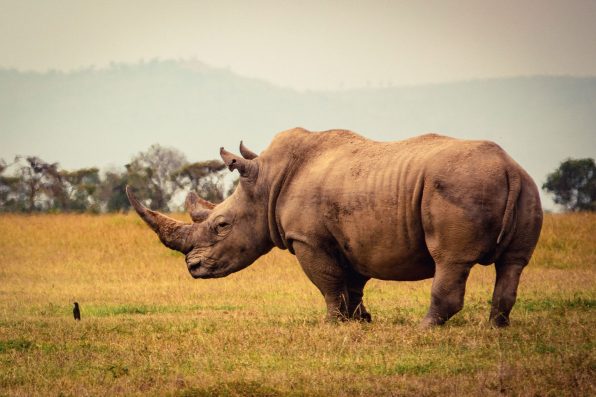Only two northern white rhinos remain on Earth, and both of them are female. Without any males left alive, the species is considered to be doomed, and it is only a matter of time before their population reaches zero. However, a new scientific breakthrough has offered hope that the animals can still be saved from extinction.
In a never-before-seen event, researchers from Kenya were able to successfully implant an embryo into a female white rhino through a form of in-vitro fertilization (IVF). The technique that the scientists used was very similar to IVF for humans.
They took the gametes from a male and female rhino and then combined them to create an embryo. The embryo is transplanted into a female rhino with the hope that she will become pregnant and give birth.
Typically, the implantation occurs after the female has mated with a sterile male. That way, both rhinos will believe the offspring is theirs and will care for it upon birth.
In 2018, the species’ last known male, Sudan, died due to health-related issues, leaving behind two females to make up the total of the northern white rhino population. The females are a mother-daughter duo named Najin and Fatu.
Armed guards protect them from poachers at the Ol Pejeta Conservancy in Kenya. Northern white rhinos are considered “functionally extinct,” meaning that the species may still have a few living individuals, but their population will never recover.
The following year, after Sudan’s death, a company called BioRescue began exploring the possibility of using IVF techniques to save the northern white rhino.
In September 2023, they tested out their theory by implanting two embryos into a southern white rhino that also lives at the Ol Pejeta Conservancy. Southern white rhinos are also critically endangered. Their numbers are between 19,600 and 21,000.
The procedure led to a successful pregnancy. However, the scientists only learned about the pregnancy after performing a necropsy of the mother’s body. The mother, Curra, had died from a bacterial infection in November 2023 that was unrelated to the embryo transfer. They managed to retrieve the dead fetus from the mother’s womb. The fetus was 70 days old and was 2.5 inches long.

Sign up for Chip Chick’s newsletter and get stories like this delivered to your inbox.


